I'm trying to solve a system of coupled first-order ODEs:
where Tf for this example is considered constant and Q(t) is given. A plot of Q(t) is shown below. The data file used to create the time vs Q plot is available at here.
My Python code for solving this system for the given Q(t) (designated as qheat) is:
import matplotlib.pyplot as plt
import numpy as np
from scipy.integrate import solve_ivp
# Data
time, qheat = np.loadtxt('timeq.txt', unpack=True)
# Calculate Temperatures
def tc_dt(t, tc, ts, q):
rc = 1.94
cc = 62.7
return ((ts - tc) / (rc * cc)) + q / cc
def ts_dt(t, tc, ts):
rc = 1.94
ru = 3.08
cs = 4.5
tf = 298.15
return ((tf - ts) / (ru * cs)) - ((ts - tc) / (rc * cs))
def func(t, y):
idx = np.abs(time - t).argmin()
q = qheat[idx]
tcdt = tc_dt(t, y[0], y[1], q)
tsdt = ts_dt(t, y[0], y[1])
return tcdt, tsdt
t0 = time[0]
tf = time[-1]
sol = solve_ivp(func, (t0, tf), (298.15, 298.15), t_eval=time)
# Plot
fig, ax = plt.subplots()
ax.plot(sol.t, sol.y[0], label='tc')
ax.plot(sol.t, sol.y[1], label='ts')
ax.set_xlabel('Time [s]')
ax.set_ylabel('Temperature [K]')
ax.legend(loc='best')
plt.show()
This produces the plot shown below but unfortunately several oscillations occur in the results. Is there a better method to solve this coupled system of ODEs?




